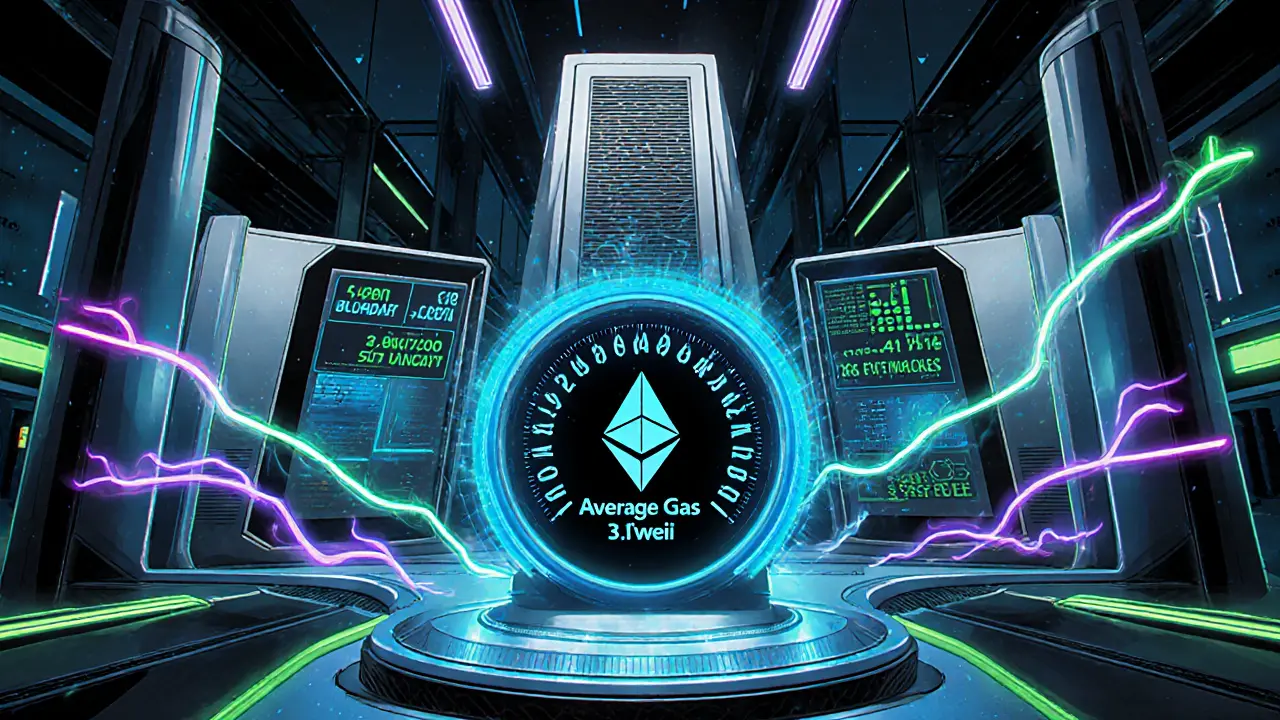Ethereum Gas Fees vs Other Platform Costs: 2025 Comparison
Explore how Ethereum gas fees dropped 95% in 2025, compare costs with Solana, Arbitrum, Optimism and Polygon, and learn practical tips to keep transaction fees low.
Continue ReadingWhen talking about 2025 fee reduction, the trend of lowering costs across crypto platforms, taxes and related services in 2025. Also known as 2025 fee cuts, it reflects a market push to make trading cheaper and more accessible. crypto exchange fees, the charges users pay per trade on platforms like P2B, Tokocrypto or CoinW are a core piece of this shift, while tax avoidance, legal strategies to minimize crypto tax liabilities and the pressure from regulatory fines, penalties imposed on exchanges for non‑compliance are powerful drivers behind the new fee structures.
The push for a 2025 fee reduction stems from three linked forces. First, fierce competition among exchanges forces them to slash trading fees to attract volume; platforms such as P2B and Kyrrex tout sub‑0.1% taker rates after a series of fee‑reduction announcements. Second, recent enforcement actions – like the hefty fines levied on several exchanges for AML lapses – have made operators rethink revenue models, shifting from high fees to diversified services like launchpads and staking rewards. Third, savvy users are turning to tax‑avoidance techniques, such as leveraging the new 1099‑DA form or strategically timing trades, which reduces their overall cost of participation and pressures exchanges to keep fees low to stay competitive. These dynamics create a feedback loop: lower fees attract more traders, boosting volume, which in turn lets exchanges offset reduced margins with ancillary income streams.
Understanding the nuances of a fee‑reduction environment helps you plan better. Look for fee tiers that reward higher volumes, but also check hidden costs like withdrawal fees, deposit limits, or premium features that might offset the headline savings. Keep an eye on regulatory updates – when a jurisdiction tightens its rules, you often see a temporary fee hike as platforms cover compliance costs, followed by a reduction once the new processes settle. Lastly, stay informed about airdrop opportunities; many projects, like the JF (Jswap) or APTR drops, bundle fee discounts with token rewards, effectively lowering your trading expense when you participate. By connecting the dots between exchange fee structures, tax‑planning options and regulatory pressures, you can navigate the 2025 fee reduction landscape with confidence.
Below you’ll find a curated list of articles that break down each piece of this puzzle – from detailed exchange fee reviews and tax‑avoidance guides to enforcement action overviews and airdrop strategies. Dive in to see how the market’s fee‑cutting trends play out across different platforms and what actionable steps you can take right now.

Explore how Ethereum gas fees dropped 95% in 2025, compare costs with Solana, Arbitrum, Optimism and Polygon, and learn practical tips to keep transaction fees low.
Continue Reading